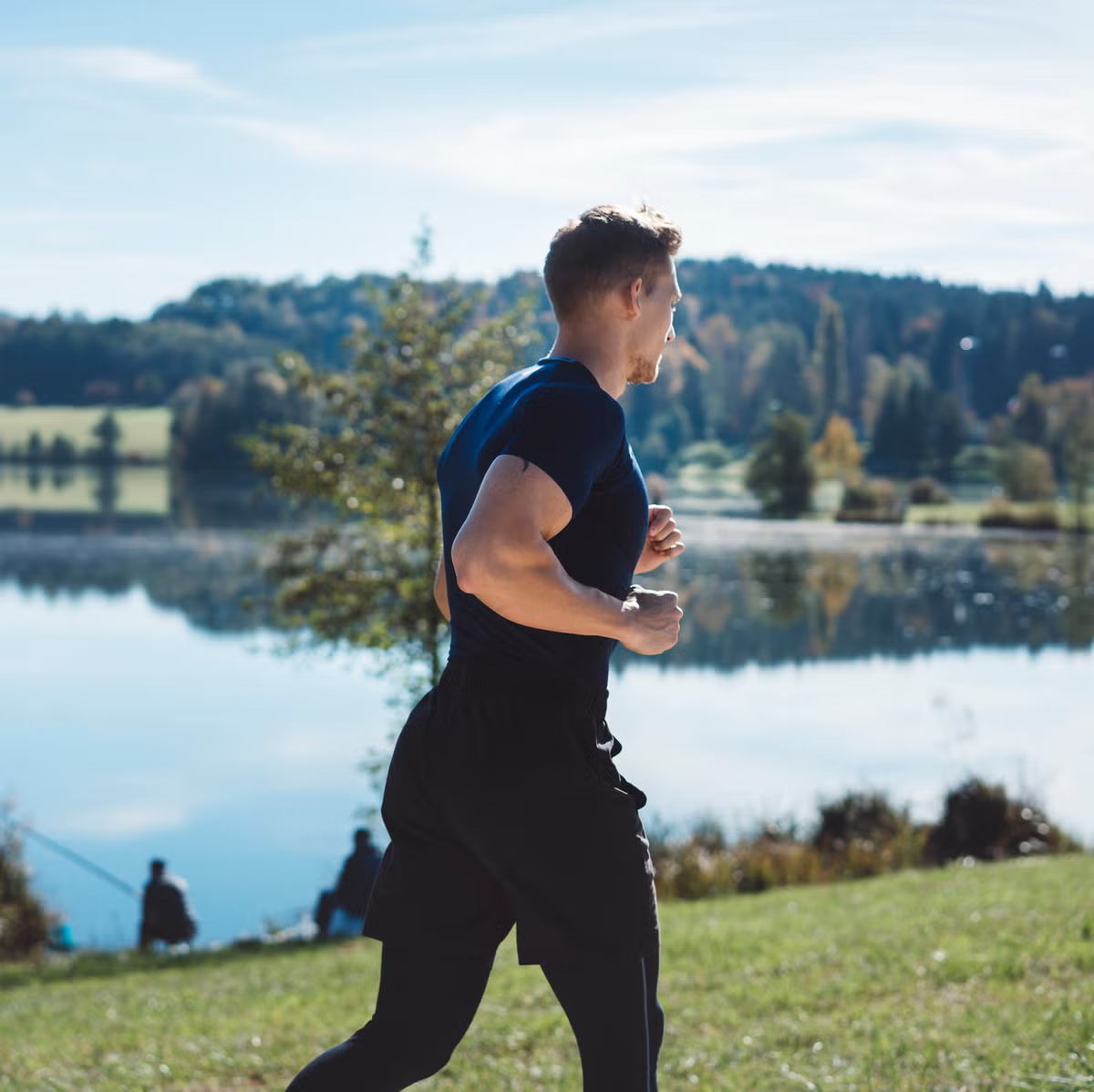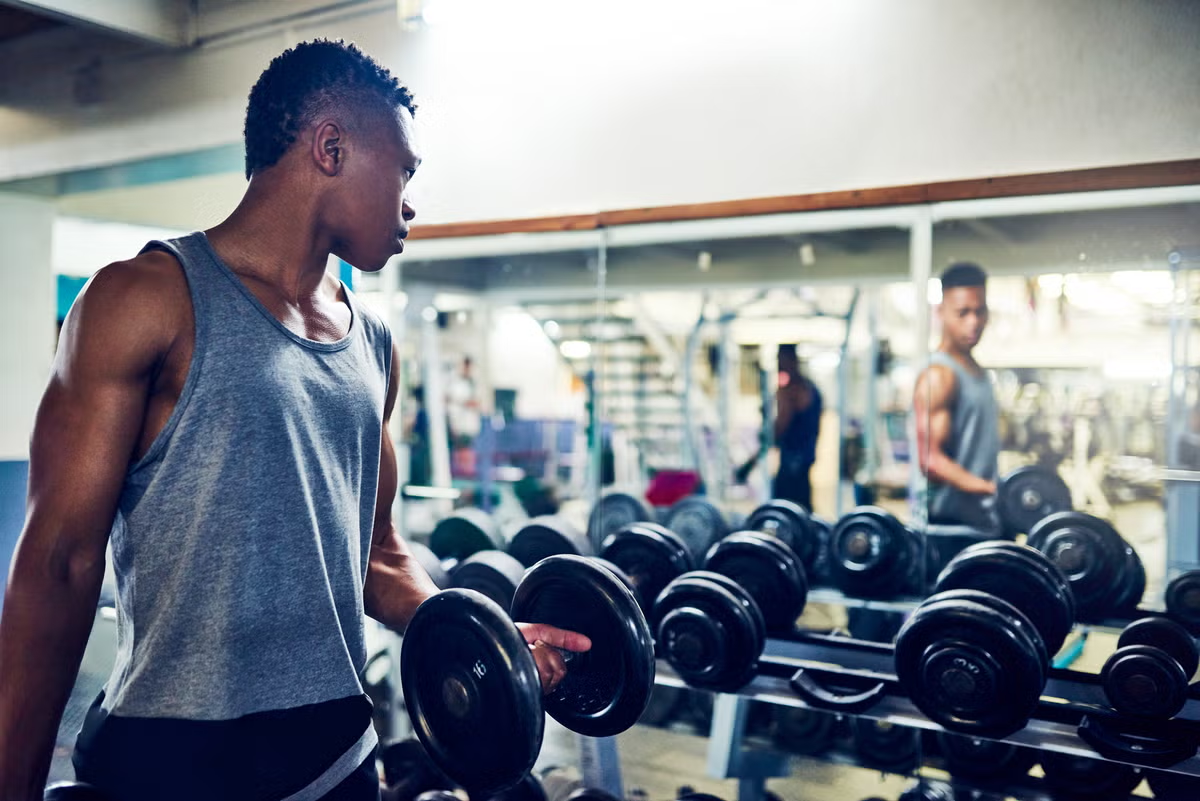The road to the Olympics (are we calling 2021 yet? Or are we still saying 2020?) has been a tough one for all athletes involved. Year-long training plants were halted, and motivation was drawn thin. Yet for athletic athlete Rheed McCracken, the once-in-a-lifetime occurrence was one that he made sure he made the most of.
“Whilst the games being moved was a fairly big shock to the system it gave me a great chance to spend more time with my family and friends,” he explained to Men’s Health. “Getting ready for a games can take a lot of your time away from you so while we were still in heavy training I was able to travel home and being to look into studying for a life outside of the sport.”
McCracken, who is one of the only Australian faces in Tommy Hilfiger’s SS21 Adaptive campaign (“my favourite part about is the whole Spring 21 collection to showcase adaptive clothing and disabilities is really important to me. It gives everyone a change to enjoy a fashion and a great brand no matter what their ability in life is”), only started wheelchair racing two years before making his 2012 Summer Paralympic debut, where he won a silver and bronze medal in 100m and 200m T34 athletics events.

From there, he was named the 2021 Junior Athlete of the Year as part of the Australian Paralympian of the Year Awards, and represented Australia at the 2016 Rio Paralympics where he repeated his medal success at the London Paralympics.
Yet this Olympics, things have been a little different.
“Preparing mentally for this games has been really challenging, it feels as though the goal posts keep moving,” he explains. “Now we are completely locked in with a travel date makes it easier to get up each morning for training. I have been fortunate that my coach kept me motivated and we have been able to race domestically in Canberra and Sydney.”
Here, he breaks down what a day of training looks like to him.
Rheed McCracken’s Olympic workout
“A usual day for me training would be out at the track for a 7am start where we would depending on how close to the event either be in a building stage or speed block. A session would go for around 1.5 hours in the morning followed by either gym or physio. We then train again in the afternoon for around an hour doing again speed or starts.”
Warm Up
A warm up usually 2-3km rolling with a speed pick up.
Workout
The actual session would be sprinting 150m, 200m,250, 300m, 300m,250m, 200m, 150m. Followed by a warm down.
Diet
“I am a big believer in if I don’t buy it I won’t eat it. Diet is hugely important it’s those 1% things that make the difference it’s what give you the energy to make each session count.
My diet won’t change a whole lot in the lead up it will be more about managing the different foods over in a foreign content.”














